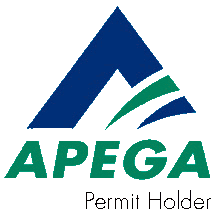PROJECTS
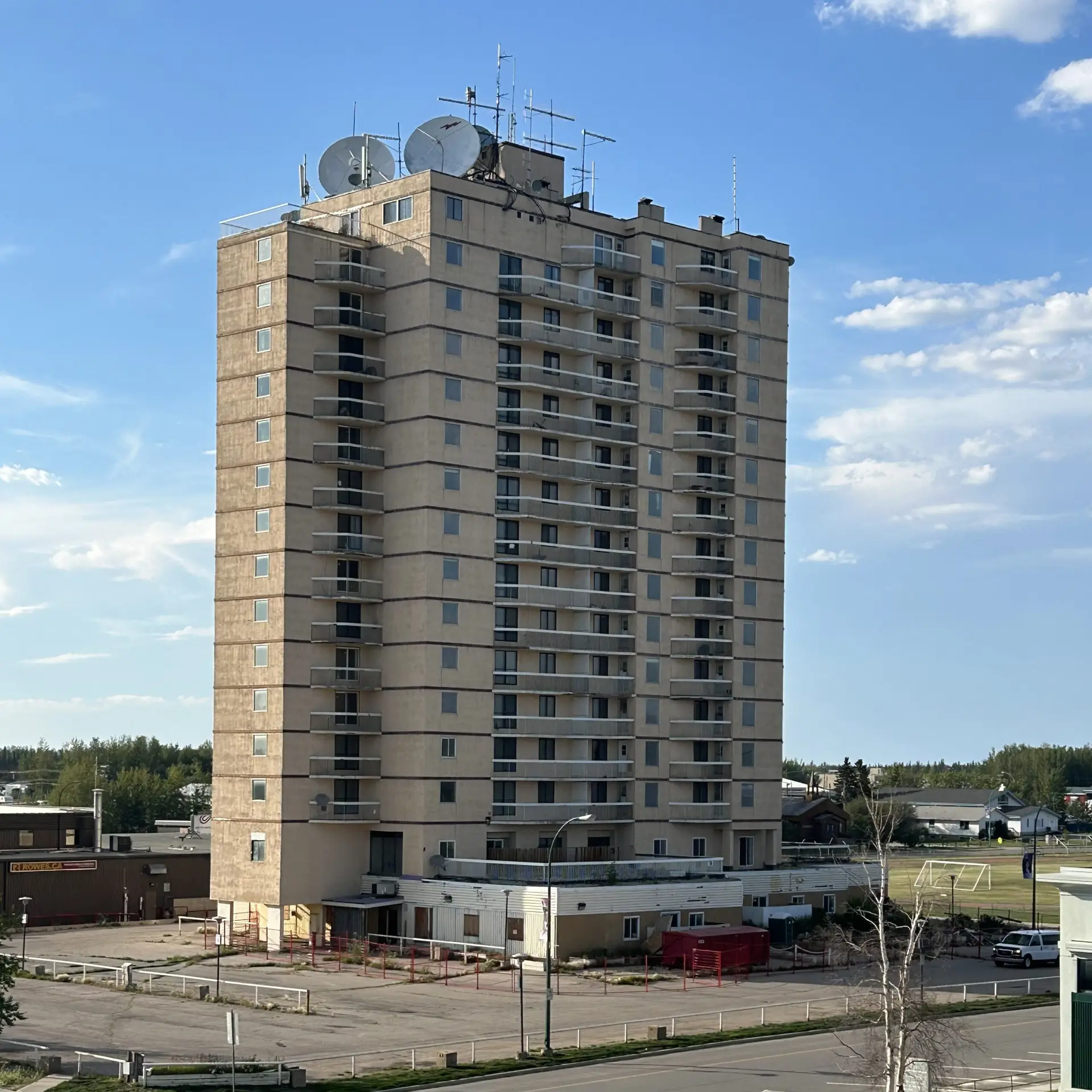
Asbestos and Mould Abatement
Elkan conducted an assessment in the Northwest Territories where we sent our industrial hygiene specialist who tested a variety of areas around the building such as ceilings, floors, dry wall, etc., for asbestos and mould. The results were compared against government guidelines to determine which areas of the building needed abatement.
Risk Assessment
A retail gas station was contaminated with diesel and gasoline. Remediation costs were estimated between $100,000 and $200,000, but when additional contamination was discovered during final delineation, costs could likely have been as high as $300,000. A screening level risk assessment was conducted at the site, which involved additional soil investigation, hydraulic conductivity measurements, and soil vapour monitoring. The results of the screening level risk assessment were that all pathways were excluded by site specific measurements. At the contaminant concentrations and locations, no risk to any receptors was identified at the site. The risk assessment was successfully completed at a fraction of the cost of remediation.
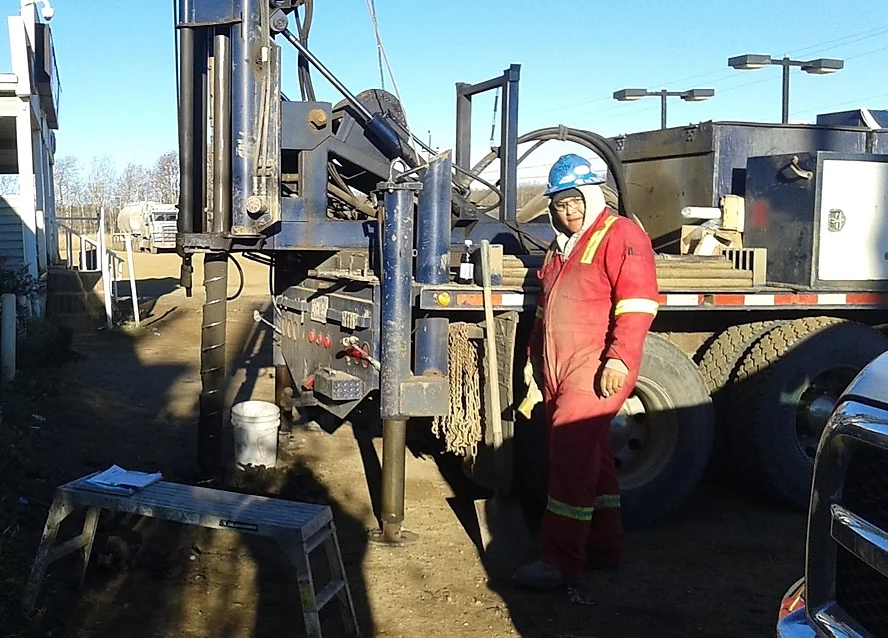

Remediation
Fuel from a maintenance yard at a cemetery underwent a slow release from some small diesel tanks. The length of time the release was occurring was unknown. The client wanted the soil remediated without a soil assessment to determine the volume of soil impacted. Due to the soil texture and the nature of the release, the excavation was larger than expected, and the contamination extended underneath one of the maintenance shops. A nearby dugout was assessed, since the original release was first discovered in the dugout 1 1/2 years earlier. Once the source impact was removed, monitoring wells were installed around the excavation extents to delineate the residual soil and groundwater impact. Several innovative ideas allowed a large cost saving for the project.
Site Assessment
Elkan has conducted many site assessments on oil & gas, commercial and industrial properties. When purchasing a property, make sure to enlist your own environmental consultant, similar to your own lawyer. Relying on the seller’s environmental reports won’t always protect your interests. In some cases, remedial costs have been grossly underestimated, and the new purchaser may have to shoulder all the additional costs. In other cases, data gaps may be present in the seller’s reports, and remedial costs have been grossly over estimated.
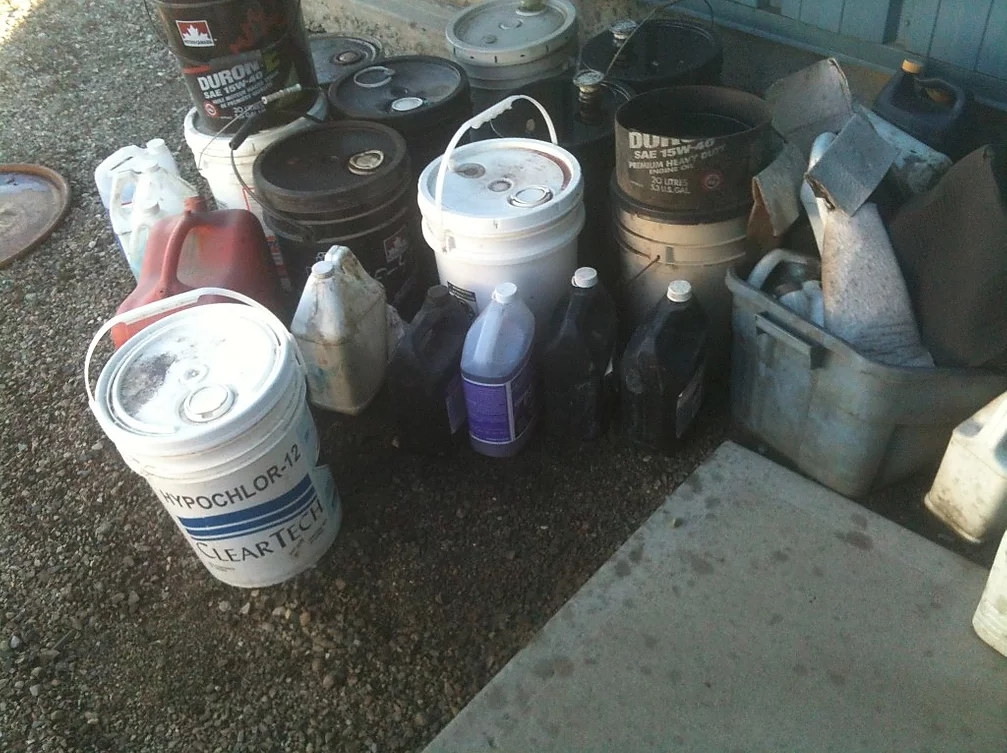
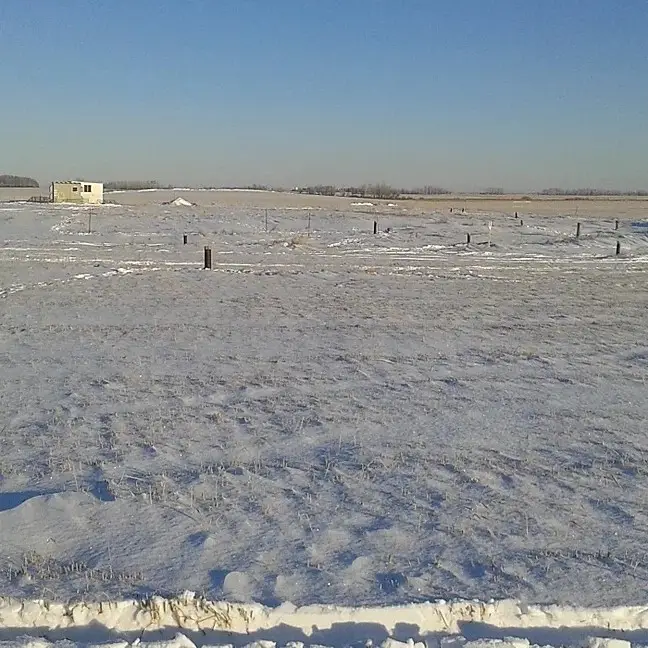
Ground Water
The client required execution of their Groundwater Monitoring Program, in accordance with their AEP Approval for a Sour Gas Plant in Alberta. Before AEP approved the monitoring and sampling event, there were several questions from AEP in response to the 2014 Annual Groundwater Monitoring and Sampling Report conducted by a previous consultant, as well as several questions by AEP not covered or not conducted pursuant to the reporting requirements in the Approval. All responses were submitted to AEP with no additional requirements for the client. The fieldwork portion was executed efficiently, although significant well repairs were required due to lack of repairs by the previous consultant. Reporting of the 2015 groundwater monitoring program was conducted with significant detail, since AEP was requiring the client to establish whether groundwater remediation was required. The report, therefore, included trend charts, Mann-Kendall statistics, as well as an analytical determination that the contaminant plume was actually declining, and, therefore, that natural attenuation was a viable remedial option.
Wastewater
A municipal wastewater lagoon was experiencing issues with odour and requested assistance determining the cause. A sludge and lagoon performance assessment were completed. Sludge profiles were measured, and lagoon supernatant was analyzed. Community water supply was also evaluated to estimate the water quantity as well as to determine incoming water quality affecting the lagoon. Influent flow rates were estimated, and overall loading was calculated to determine lagoon performance. Results showed that the sludge had become septic. Additional recommendations beyond the scope of work were provided to help improve performance and plan for expansion.

